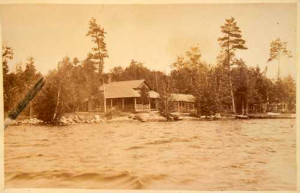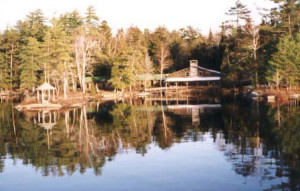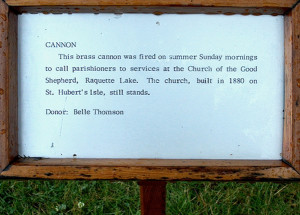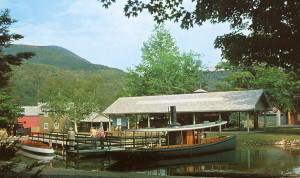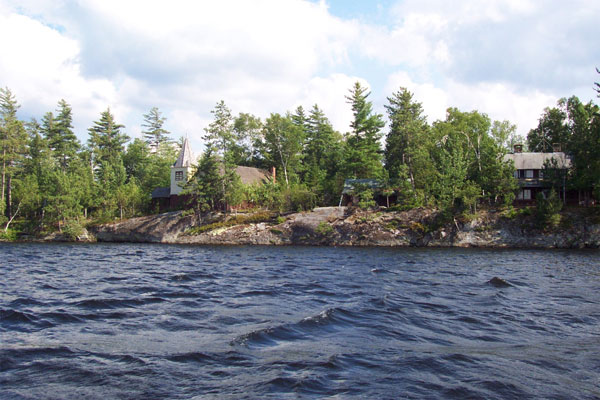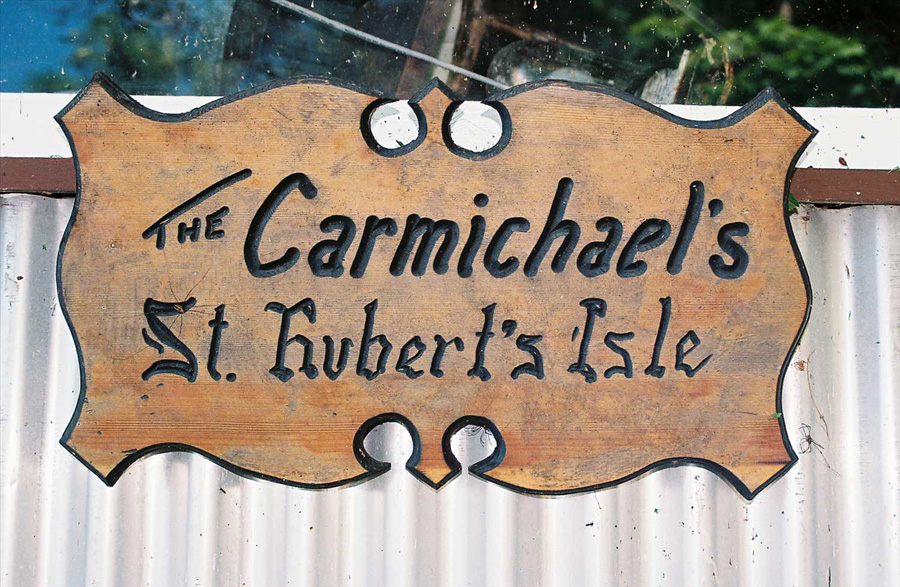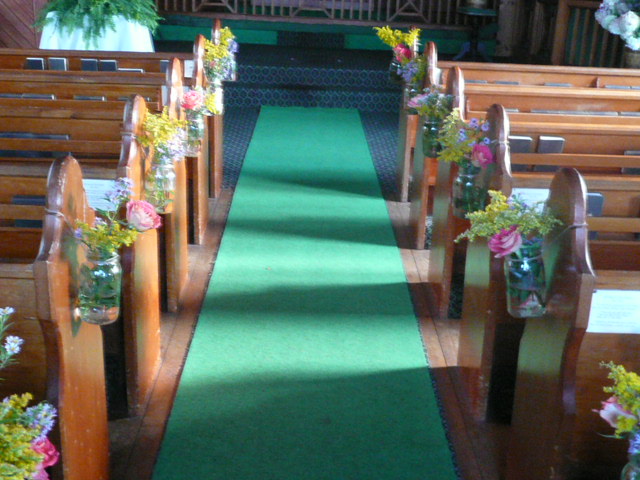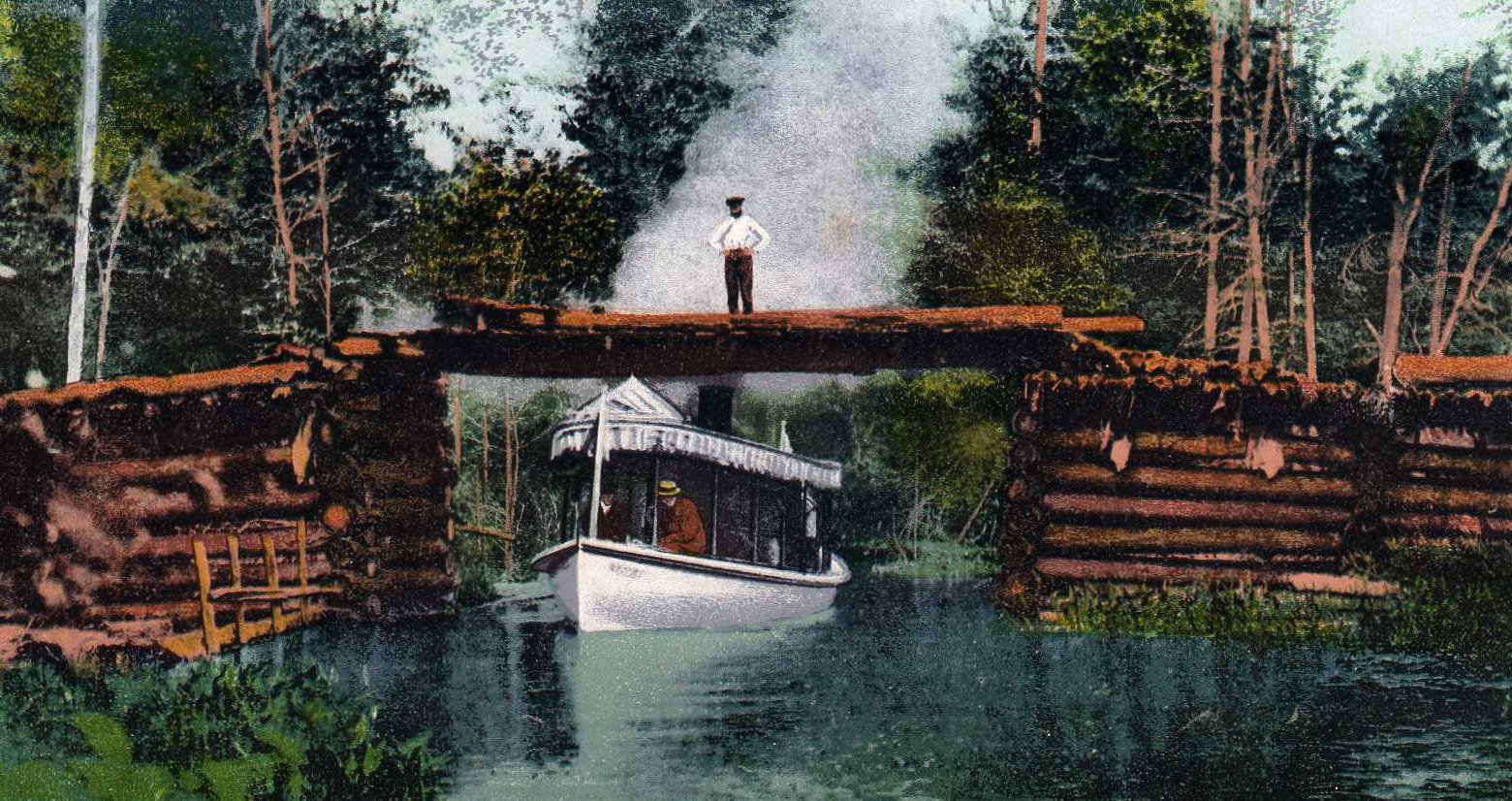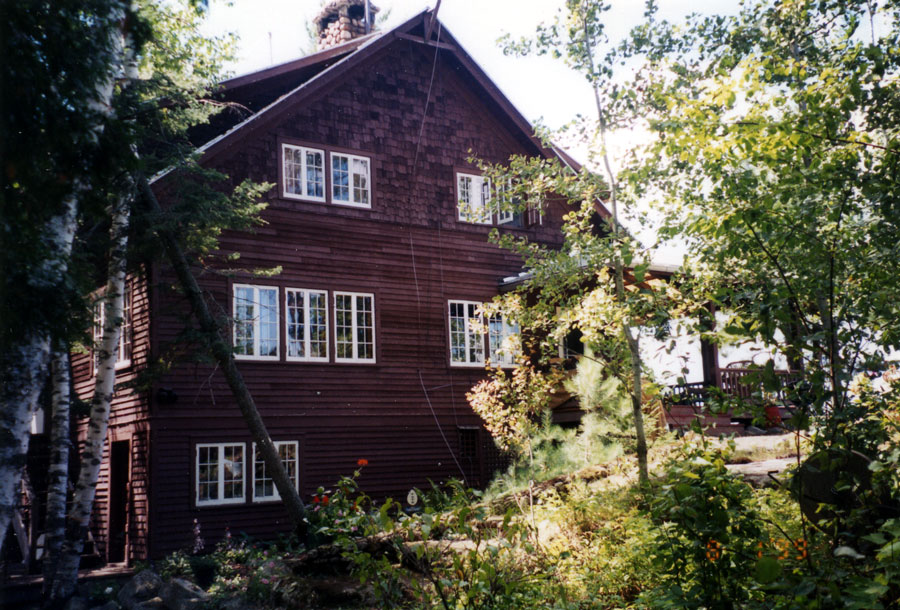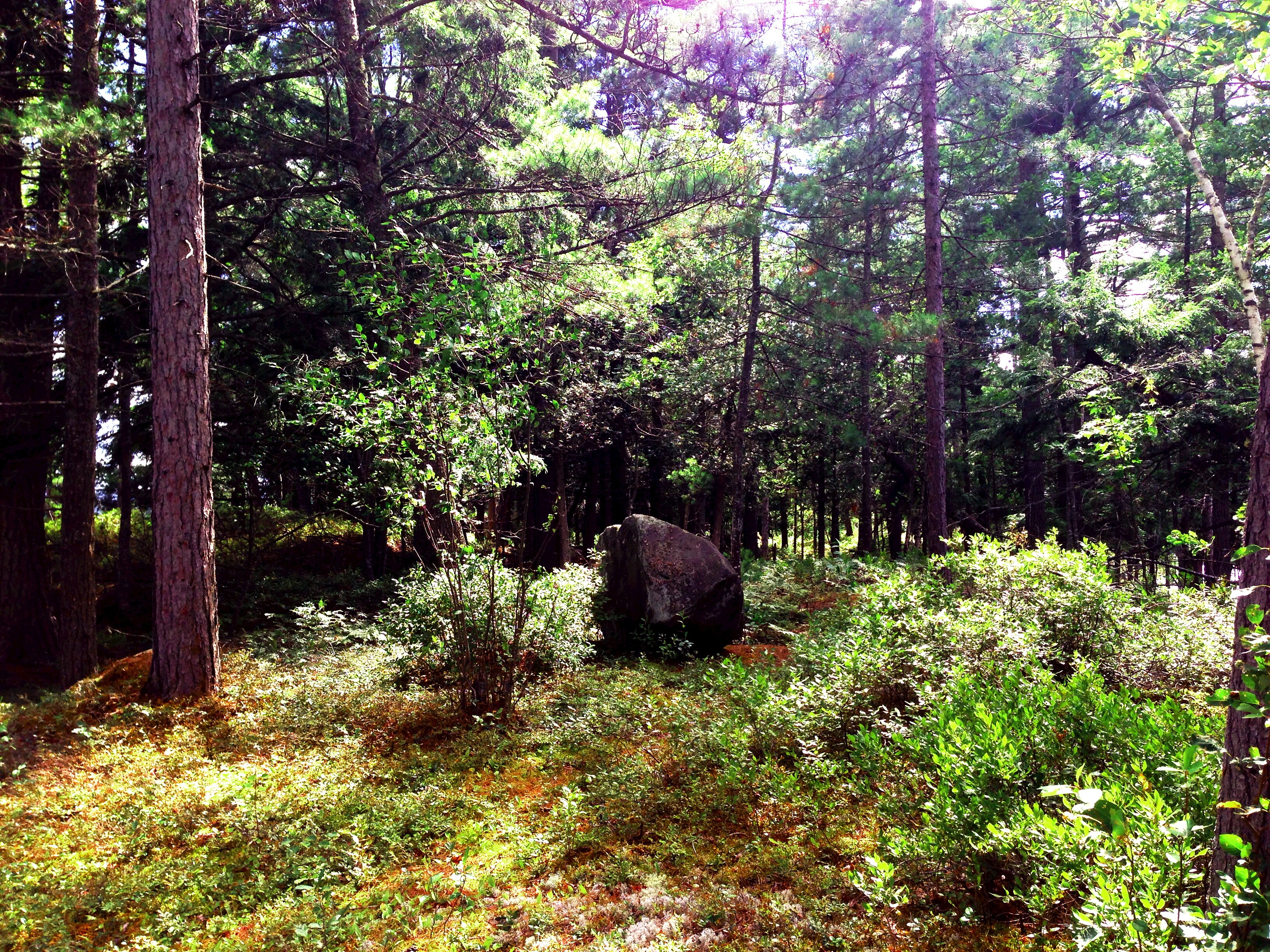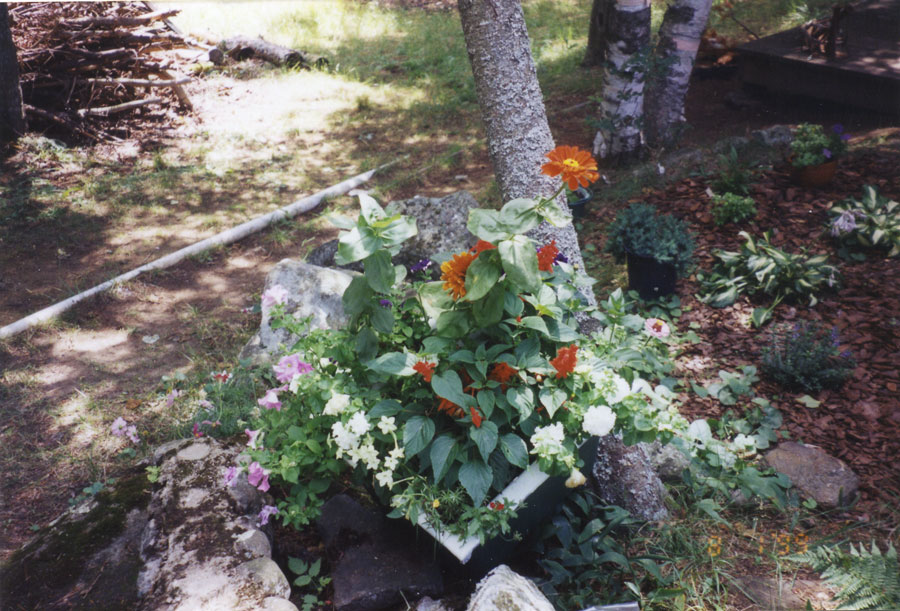After Dr. Thomas C. Durant graduated from Albany Medical College in 1840, he practiced for about two years then briefly went into business with Captain Gideon Lathrop, father of Helen Elizabeth Lathrop, the wife of Francis H. Stott. The firm, Durant, Lathrop and Co., was based in Albany.
Therefore in 1876 it was only natural for Dr. Durant to suggest to Francis Stott that he consider building a camp on Raquette Lake. Durant had acquired acres of the Adirondacks, including Blue Mountain Lake, Eagle Lake, Lake Utowana and most of the north shore of Raquette.
The Stotts were descendants of a wealthy textile family based in Stottville (originally Springville) in Columbia County in upstate New York.
The Stotts soon became involved in activities around the lake, and were major contributors to the construction of the Mission of the Good Shepherd on St. Hubert’s Isle. In 1883 the stained glass windows were donated in memory of two of their 10 children who died in childhood, Dora in who died in 1881 at age 10 and Laurie (Lawrence) in 1882 at 12.
On 15 October 1884 Janet Lathrop Stott and William West Durant were married at St. Barnabas Episcopal Church, Stottville.
For 20 years two Stott women fired a small cannon (now at the Adirondack Museum) on Bluff Point every Sunday to alert church goers that the small steamer was approaching. From 1880 to 1898 the annual fund-raising bazaar was held at Camp Stott under the capable direction of Mrs. Stott. In ensuing years the festivities took place on St. Hubert’s.
The Stott women took care of the church and grounds for almost 20 years, rowing over in guide boats in May and June during black fly season to clean the buildings and plant the rectory gardens.
In December 1894 their new minister at St. Barnabas in Stottville, the Rev. William Brown-Serman, was also appointed priest-in-charge of the Raquette Lake church. The Brown-Sermans stayed for 46 summers.
According to a family history, during the late 1890s the Stott family took a celebrated railway trip out West in a private car named “Raquette.”
Beginning in 1898 Lucy Carnegie and her family spent several summers at Camp Stott with her cousin Mary Clark Stott, before purchasing the Ten Eyck property just across the bay in 1901.
The Stotts had built several single-story cabins but after the death of Francis in 1900, Elizabeth did not return to Bluff Point. In 1905 the property was sold to the son of magazine publisher Peter Collier in 1905. Robert Collier immediately expanded the camp to over 20 buildings, connected with boardwalks.
Improvements included a two story brick fireplace large enough to enclose a separate room on each level, a bowling alley, an elegant boathouse and a gazebo on a small island reached by a beautiful 100′ footbridge.
[When we first came to Raquette Lake in 1957, there was a similar bridge from Big Osprey to Little Osprey Island, where the children would play.]
Robert Collier was appointed editor of Collier’s Weekly in 1912. He was well-known on Raquette Lake for his 45-foot 60 hp Skeeter, reaching speeds of 25 miles per hour, amazing in those days. He was also the first individual to purchase a Curtiss-Wright bi-plane for personal use, shipping it up to the lake in railway box cars, perhaps for the first flight in the Adirondacks. He died in 1918 at the age of 42.
Camp Bluff Point continues as a private camp.
~~~~~~~
Additional information
The Stott Family of Bluff Point
Great Camps Tour
